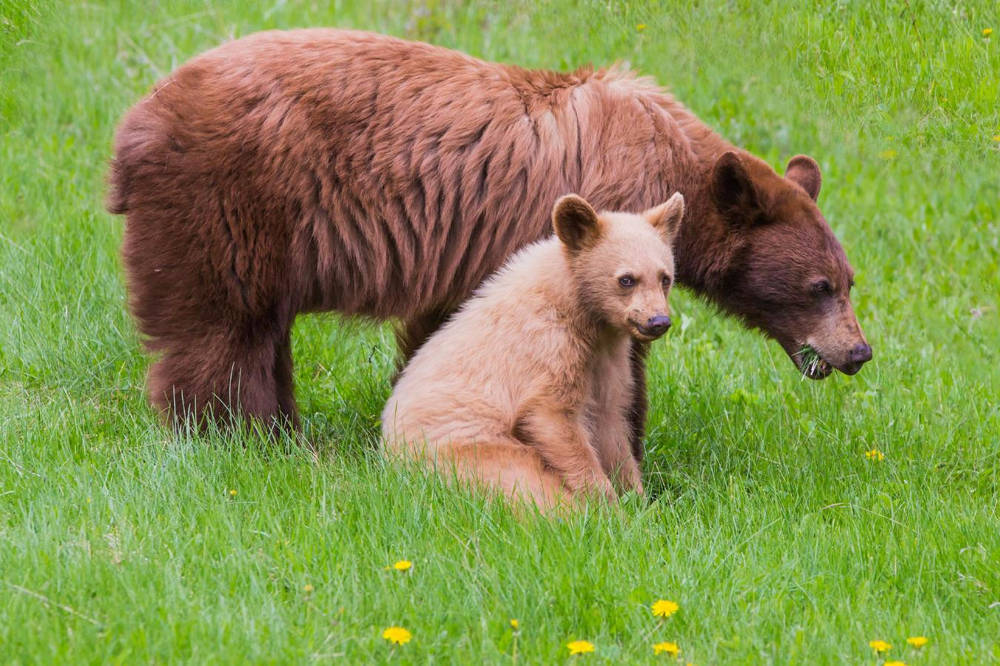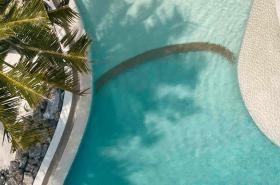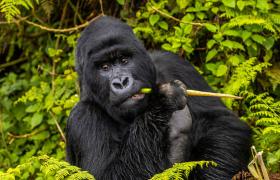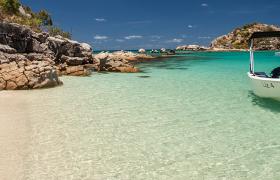Most people have never heard of Charles Waterton, but the conservation pioneer is credited with both inspiring Charles Darwin to travel to South America (where the famous naturalist would later develop his theory of evolution) and constructing the world's first nature preserve – a move that radically shifted 19th Century attitudes when animals were more often feared and exploited.
In light of recent debates between conservationists, hunters and the general public on how to best preserve and protect dwindling animal populations, I stopped by Waterton Lakes National Park (WLNP) in Alberta, Canada, where the conservationist’s namesake park is battling with a bear population that’s encroaching upon nearby towns, farms and ranches. Nearly 150 years after his death – and 10 years after grizzly bear hunts were suspended in WLNP – I wanted to see if Waterton's philosophies of protecting all animals, even those that are feared or seen as less useful, still worked in a place where the wildlife has gotten too populous for the protected area.
The largest of the three Waterton Lakes straddles the Canada-US border, meaning you can wake up in Alberta, hike into Montana and be back in Canada for supper. WLNP isn't as famous or often visited as Banff, Canada's oldest national park just 380 kilometres to the north, but those who know it love it with an affection usually reserved for hometown sport teams. Its two biggest draws are wildflowers – more than 1,000 vascular plant species grow here – and the bears.
At just 505 square kilometres, WLNP is the smallest of Canada's Rocky Mountain parks. Yet it’s home to between 40 and 80 black bears – far more than the park's ecosystem can support.
Grizzlies abound
Canadian researcher Andrea Morehouse also found hair samples from 177 individual grizzlies (a North American subspecies of the brown bear) in the park and its surrounding areas. As a result, the animals have been seen venturing on to the plains where food is more abundant.
In 2014, the Fish and Wildlife Enforcement Branch for Pincher Creek District – the area bordering the north end of WLNP – recorded 52 incidents with grizzly bears, including 17 proven livestock kills, two animals injured and 21 instances of human conflict. Visitors to the park are advised to carry with them a canister of bear spray – pressurised pepper spray that can convince even the most stubborn of bears to leave you alone. But some children living near the national park even carry bear spray to school, because walking from their front door to the school bus stop might mean negotiating a grizzly.
"Places I would have gone bareback riding as a kid, I wouldn't send my kids there because there are bears," explained Jeff Bectell, a fourth-generation rancher and president of the Waterton Biosphere Reserve Association, an organisation that has developed a Carnivores and Communities programme to tackle conflicts in southwestern Alberta.
Parks Canada human wildlife contact specialist Jon Stuart-Smith has seen a shift towards tolerance of predators. “Even up to the 1940s, park employees were encouraged to destroy predators to keep ‘good’ wildlife – now people come to the park to see predators,” he said.
More cool apex predators: In Search Of Polar Bears In Canada's Arctic
Try some heli-skiing in Canada: 5 Ways To Reach Secret Spots
Or ride the Rocky Mountaineer: A New Reason To Ride Canada's Rails
Ranchers and predators
To get a sense of how WLNP’s current strategies are working, I met up with local rancher and bear expert Charlie Russell, who explained that bears are not naturally violent towards people and that it’s possible to live near these predators without fear. “A bear that likes you won't hurt you, and I've tested that," he said.
I spotted my first bruin, a cinnamon-coloured black bear, rummaging in long grass near the 14-kilometre Red Rock Parkway that cuts through the park. Similar in colour to a grizzly, it lacked the distinctive shoulder hump and dish-shaped face of the bigger bears but seemed equally fond of the protein-rich roots of yellow hedysarum and other grassland plants.
Later that evening, I saw a darker-coloured grizzly, lanky and slim like a teenager, slipping down the boulders of a narrow riverbank and crossing from one meadow to another. While the prairie landscape gave me an unobstructed view of the bears, it also gives the animals a clear view of their food – not all of it grass.
"In 18 years ranching next to Waterton Lakes National Park, I didn't lose one cow to bears but I saw them killing cows on my neighbour's property," Russell said.
To help farmers living near WLNP absorb the cost of living with apex predators, the Alberta government compensates for livestock killed by bears, although some farmers complain it is too little or too hard to get. Currently compensation comes from funds collected for hunting and fishing licences, although some ranchers have suggested all Alberta taxpayers should contribute to the cost, since many of the bears seen in the national park live part of their lives on the farms and ranches nearby.
Proof positive
I pondered my willingness to pay as I strolled through Waterton town – and I stopped, puzzled, when I passed a golf cart occupied by two border collies wearing reflective orange vests. They sat quietly near a sign reading Help Keep the Wild in Wildlife. "[The dogs] chase deer out of town before they give birth because mama deer are very aggressive,” a woman explained. The deer also attract cougars, so keeping them away prevents another human-wildlife conflict.
It seemed 150 years after his death, Charles Waterton's philosophy of protecting predators was still in vogue, even though his practice of putting fences around wildlife no longer worked. Instead I saw humans and wildlife learning to co-exist, with deer-herding dogs and bear-savvy school children. People were building on the concepts of Charles Waterton, protecting creatures for their own value, while modifying them for a different era.
And the proof it was working was being able to watch a bear going about his business without fear – on my part or the bear’s.
This article was written by Carol Patterson from BBC and was legally licensed through the NewsCred publisher network.
